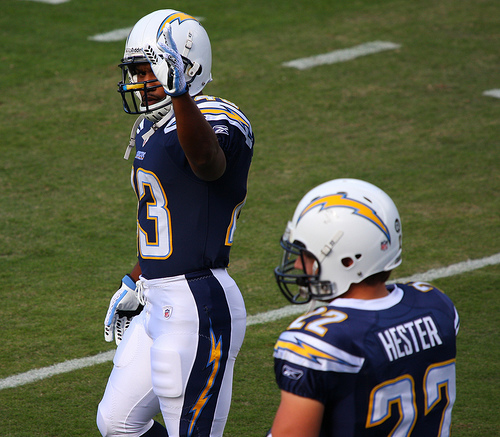Here is an example of OBS Studio using an auto-generated image as an inset in the upper left corner of the screen, which shows where the cue ball is being hit. This video is different than previous ones I've shown because the inset is updated in real time. Before I could only add the image by post-processing a pre-recorded video and manually inputting the ball speed (via drawing the distance between CB and OB for each shot). I was able to add a second specialized accelerometer which gives enough data for a reasonable estimate of "percent from center" of the tip. This hardware was not affordable or on the market when I started the project.
Please imaging a commentator controlling the stream able to pop visible the ball graphic and talk about how the player hit the ball. I'm thinking of JJ during his 1p streams, etc.
The black oval is an estimate of where the outline of the entire tip was during contact. In other words, the tip was somewhere along the black oval at the moment of impact. Similarly, the blue line is an estimate of where the tip contact point occurred... i.e. contact point was hit somewhere along the blue line. Clock English (angle) is extremely accurate down to the 1/2 of a degree... and is more accurate than percent from center estimations.
Please imaging a commentator controlling the stream able to pop visible the ball graphic and talk about how the player hit the ball. I'm thinking of JJ during his 1p streams, etc.
The black oval is an estimate of where the outline of the entire tip was during contact. In other words, the tip was somewhere along the black oval at the moment of impact. Similarly, the blue line is an estimate of where the tip contact point occurred... i.e. contact point was hit somewhere along the blue line. Clock English (angle) is extremely accurate down to the 1/2 of a degree... and is more accurate than percent from center estimations.

